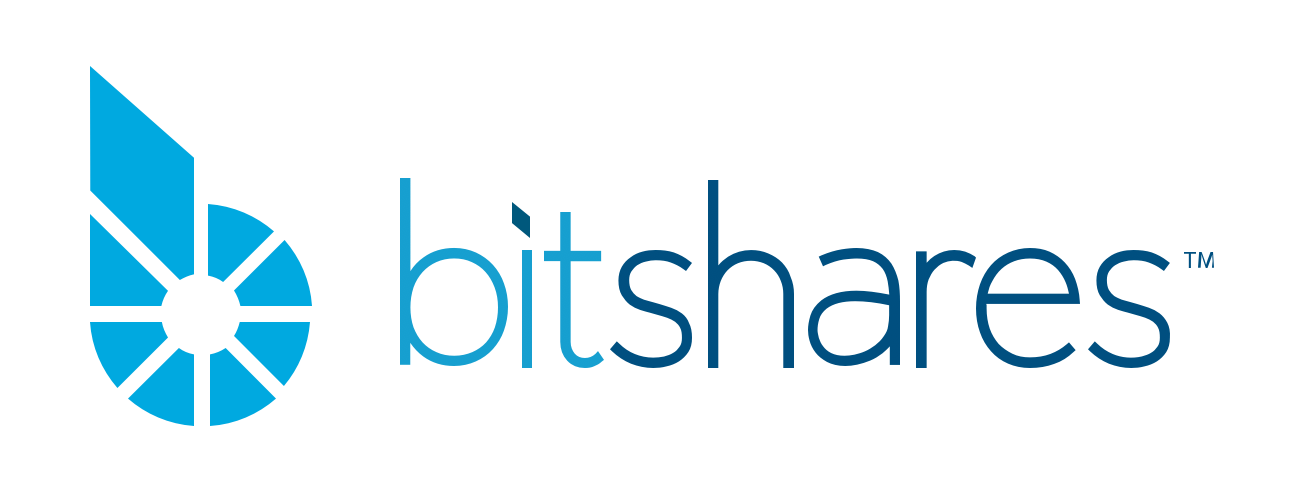Cryptocurrency aficionados are familiar with the concept of BitShares. This particular project offers a wide variety of financial services in a decentralized manner. More specifically, there’s a big focus on decentralized exchanges and banking on the blockchain. Even though this project has been around for several years, now is a good time to take a closer look at what Bitshares is all about. More importantly, it’s time to look at whether or not this project has a bright future ahead of it.
Why was BitShares Created?
The first question to address is why a project such as BitShares was created in the first place. There is a glaring lack of access to financial services in several parts of the world. Overcoming this problem may warrant a decentralized approach. BitShares aims to fill this void by offering users access to a stack of financial services without the need for a bank account or similar services. Whether or not this concept will make a big impact in the future remains to be seen. The project certainly offers a fair few technical solutions to make its vision come true.
BitShares and its Stack of Financial Services
It is evident that BitShares has high expectations to live up to. More specifically, it needs to deliver products which will appeal to the masses. First of all, the team focuses on price-stable cryptocurrencies. These include bitUSD and bitCNY, though there will be others. These so-called Smartcoins are designed to be pegged to fiat currency or assets in one way or another. It is an interesting way of transferring value in a decentralized manner, although none of these currencies have gained any major traction as of right now.
Additionally, there is the decentralized asset exchange developed by the BitShares team. According to their website, this platform handles the same trading volume as NASDAQ, although the jury is still out on that one. The goal is to execute trades in seconds, but there is no high-frequency trading option. All traders are put on a level playing field, which is a positive sign. Moreover, all assets on the BitShares exchange are backed by up to twice the reserves of traditional centralized trading platforms.
Lastly, BitShares uses the Graphene technology. As a result, the project is theoretically capable of processing 100,000 transactions per second. There is also an option to set up recurring and scheduled payments, which is something that is pretty much impossible when it comes to Bitcoin or other major cryptocurrencies right now. Perhaps one of the more impressive aspects of this project is how it allows for regulation-compatible crypto asset insurance. That alone could bring a lot of positive attention to BitShares in the future.
What’s on the Agenda?
Projects such as BitShares cannot afford to remain stagnant for long. New developments will need to be announced and introduced in a swift manner. A few proposals on the roadmap are still awaiting completion or have yet to be developed, and nothing has been added to the official roadmap on the website since 2016. For now, it is a bit unclear what will happen in the near future, but there’s plenty of reason to keep an eye on the BitShares project in 2018.

